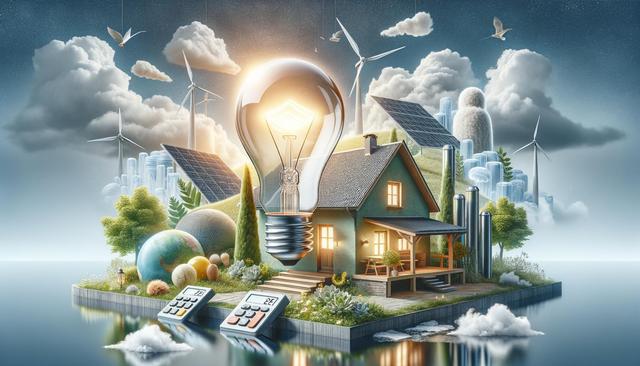Unplug and Power Down Devices You’re Not Using
One of the simplest ways to reduce your electric bill fast is by cutting off the power supply to devices that are not in use. Many electronics consume energy even when turned off, a phenomenon known as “phantom load.” Unplugging these can make a noticeable difference over time.
Look around your home and identify devices that remain plugged in all day, such as:
- Chargers for phones and laptops
- Microwaves and coffee makers with digital clocks
- Televisions, cable boxes, and gaming consoles
Using a power strip can make this process easier. With one switch, you can cut power to multiple devices when they’re not needed. Smart plugs are also a great option, allowing you to schedule or control outlets remotely using your phone.
Also, avoid leaving devices on standby mode. Turning them off completely or unplugging them is a better choice for both your wallet and the environment.
Adjust Heating and Cooling Habits
Heating and cooling account for a large share of household energy use. Making small adjustments in how you use your HVAC system can lead to quick savings. Start by setting your thermostat a few degrees lower in winter and a few degrees higher in summer.
Here are more ways to reduce energy from heating and cooling:
- Use fans to circulate air efficiently
- Close curtains during hot days to block heat
- Open windows in the evening to let in cool air
- Seal drafts around doors and windows
Additionally, make use of programmable thermostats. These can automatically adjust the temperature when you’re asleep or away from home, helping you avoid unnecessary energy use without sacrificing comfort.
Changing your air filters regularly also improves efficiency, reducing the strain on your system and cutting down on power use.
Switch to Energy-Efficient Lighting
Lighting might seem like a small part of your electric bill, but inefficient bulbs can add up. Replacing traditional incandescent bulbs with LED bulbs is a fast and effective way to save energy. LEDs use up to 80% less energy and last significantly longer.
Here’s how to make the switch more effective:
- Choose LED bulbs with the right brightness for each room
- Install motion sensors in areas like hallways and closets
- Use natural light during the day by opening blinds
Dimming lights when full brightness isn’t needed also reduces power use. Consider installing dimmer switches in main living areas for added control.
And don’t forget to turn off lights when leaving a room—this simple habit can lead to meaningful reductions over time.
Run Appliances More Efficiently
Major appliances like washing machines, dryers, dishwashers, and refrigerators are essential but can also be energy-intensive. Optimizing how and when you use these machines can help you cut your electric bill fast.
Follow these practical tips:
- Wash clothes in cold water whenever possible
- Dry full loads and clean the lint filter after each use
- Run dishwashers only when full and use air dry settings
- Ensure your fridge is set to the ideal temperature (around 37°F for the fridge and 0°F for the freezer)
Using appliances during off-peak hours can also help if your utility company offers time-of-use pricing. Try running the dishwasher or laundry early in the morning or later in the evening to take advantage of lower rates.
Regular maintenance, like defrosting your freezer or vacuuming refrigerator coils, also keeps appliances running efficiently and prevents energy waste.
Make Smart, Low-Cost Upgrades
You don’t need to spend a lot to start saving on your electric bill. Small changes around the home can lead to fast and easy savings. Weatherstripping, for example, can help seal gaps around doors and windows, reducing heating and cooling loss.
Other affordable upgrades include:
- Installing low-flow showerheads to reduce hot water usage
- Using insulated curtains to maintain indoor temperatures
- Adding foam gaskets behind wall outlets on exterior walls
Switching to energy-efficient appliances when replacements are needed is also a long-term strategy. Look for appliances that meet regional energy guidelines and have strong efficiency ratings.
Even setting reminders to check your energy usage monthly can help you stay aware and adjust habits as needed, keeping your bill in check without much effort.
Conclusion: Small Changes, Quick Wins
Reducing your electric bill doesn’t require major renovations or expensive gadgets. By making practical adjustments—like unplugging unused devices, modifying your heating and cooling habits, upgrading your lighting, and using appliances wisely—you can see fast results. These steps are accessible to most households and can be implemented without disrupting your daily routine. Whether you rent or own your home, these habits can help you lower energy costs and build lasting savings over time.


